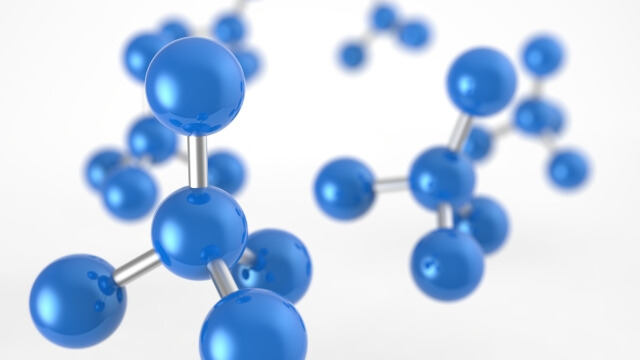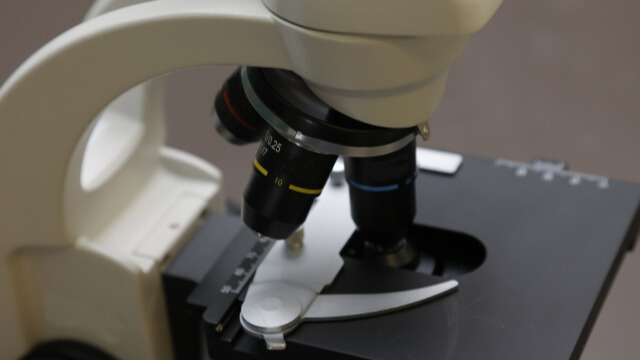Research

Material development using thin film technology
In this division, we are interested in “Thin Film Chemistry and Material Science” for material synthesis and “Interfacial Properties and Solid-State Physics” for observation of interesting phenomena.
Thin films are, as the name implies, the solid consisting of many atoms stacking as a layered form. There are some classifications such as amorphous, polycrystalline, and single-crystalline, depending on the way the atoms are packed. By applying a state-of-the art thin film technique, the thickness of thin films can be well regulated ranging from a few nanometers to several hundred nanometers. (1 nanometer is 10-9 meters, and the atomic radius is about 0.01~0.1 nanometer.)
Thin films, together with the large bulk materials that we imagine as solids, are the subject of basic research and fundamental applied research in various research fields, including solid-state chemistry, materials science, condensed-matter physics, electronics, and quantum science. In recent years, these research fields seem to be closely connected through the promotion of collaborative research and the development of fusion research fields. Experimental samples as measurement targets are indispensable for the advancement of experimental physics research. From this point of view, we believe that thin film research can promote collaborative research with many research groups. We value the challenge of creating new research targets of thin films and heterostructures in the field of basic research.
All thin films face to the surface and interface. An interface is the boundary between a solid and a solid or a solid and a liquid. On the other hand, the boundary between a solid and the atmosphere or vacuum is called a surface.
Thin-film synthesis technology, which attempts to arrange atoms in a regular pattern, was developed in the 20th century.
In addition, measurement techniques (e.g., x-ray diffraction and transmission electron microscopy for structural analysis) have been developed rapidly.
In recent years, it has become possible to create a single layer of atoms in a precise arrangement and to observe that layer.
Thin films and interfaces produced in this way are used in a wide variety of devices, such as arithmetic and memory devices.
Generally, when used as a device, it has many interfaces by layering many layers of thin films. By understanding and controlling the characteristics of each interface, we can take advantage of its functions.



